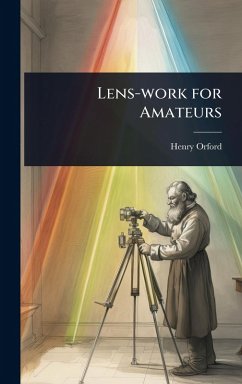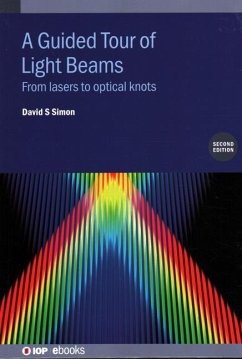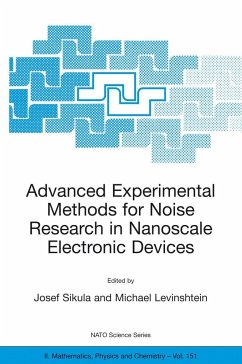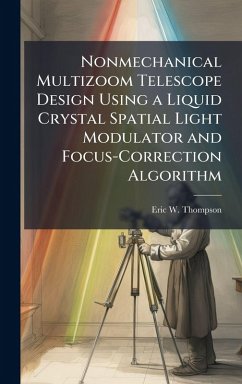
Simulating the Effects of an Extended Source on the Shack-Hartmann Wavefront Sensor Through Turbulence
Versandkostenfrei!
Versandfertig in über 4 Wochen
29,99 €
inkl. MwSt.
Weitere Ausgaben:

PAYBACK Punkte
15 °P sammeln!
Perspective elongation in Shack-Hartmann wavefront sensor (SHWFS) spots is a phenomenon caused by an extended three-dimensional scattering beacon in the mesosphere (80-100km). Elongated spots cause errors in wavefront sensor measurements, which leads to poor turbulence compensation and decreased image resolution of the optical system. In order to compensate for elongated spots, a proper beacon model must be developed to simulate the error. In this paper, a documented theory for modeling an elongated sodium beacon and elongated SHWFS spots using sodium layer "slices" was tested. It was found th...
Perspective elongation in Shack-Hartmann wavefront sensor (SHWFS) spots is a phenomenon caused by an extended three-dimensional scattering beacon in the mesosphere (80-100km). Elongated spots cause errors in wavefront sensor measurements, which leads to poor turbulence compensation and decreased image resolution of the optical system. In order to compensate for elongated spots, a proper beacon model must be developed to simulate the error. In this paper, a documented theory for modeling an elongated sodium beacon and elongated SHWFS spots using sodium layer "slices" was tested. It was found that nine evenly-spaced slices were adequate to model the elongated beacon in the most stringent, turbulence-included case. Furthermore bench-top source was developed and tested to model SHWFS spot elongation in the lab. The source demonstrated the principle, but requires a more robust design to simulate sodium layer depth. Being the first documented experiment using an extended source on an adaptive optics (AO) system, it opens the door for more research to include: the effects of deep turbulence on AO systems and correlation based wavefront sensing with extended sources. This work has been selected by scholars as being culturally important, and is part of the knowledge base of civilization as we know it. This work was reproduced from the original artifact, and remains as true to the original work as possible. Therefore, you will see the original copyright references, library stamps (as most of these works have been housed in our most important libraries around the world), and other notations in the work. This work is in the public domain in the United States of America, and possibly other nations. Within the United States, you may freely copy and distribute this work, as no entity (individual or corporate) has a copyright on the body of the work. As a reproduction of a historical artifact, this work may contain missing or blurred pages, poor pictures, errant marks, etc. Scholars believe, and we concur, that this work is important enough to be preserved, reproduced, and made generally available to the public. We appreciate your support of the preservation process, and thank you for being an important part of keeping this knowledge alive and relevant.












